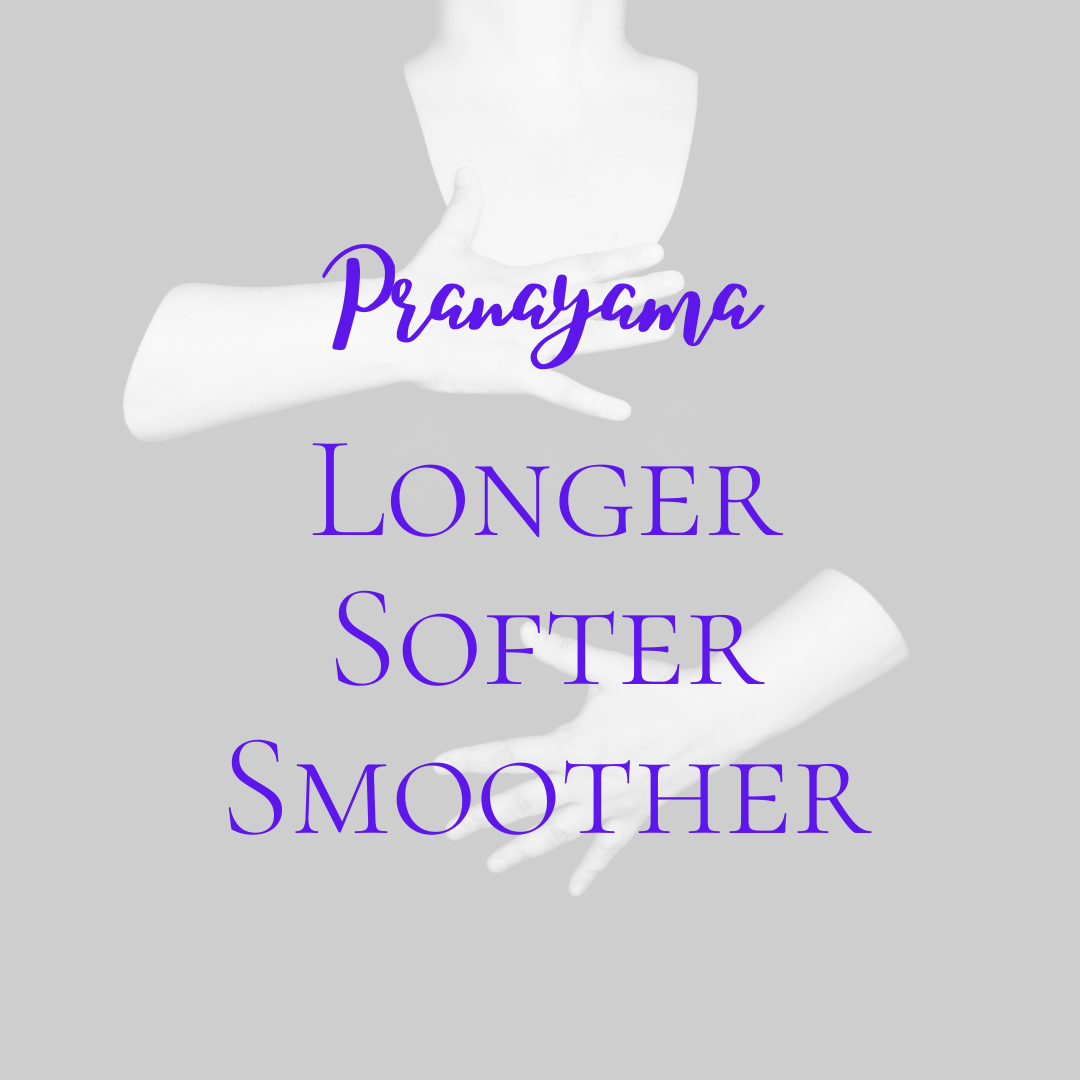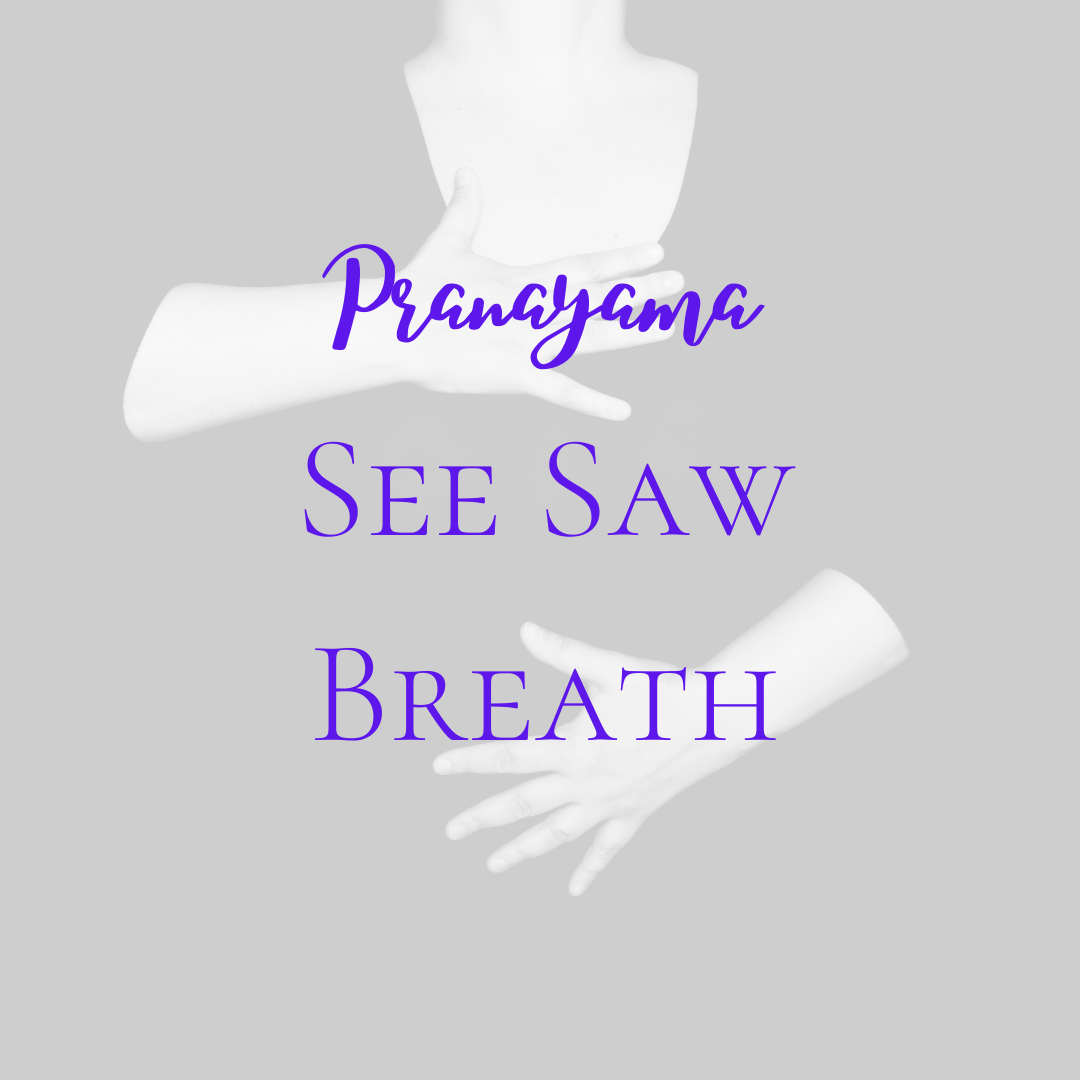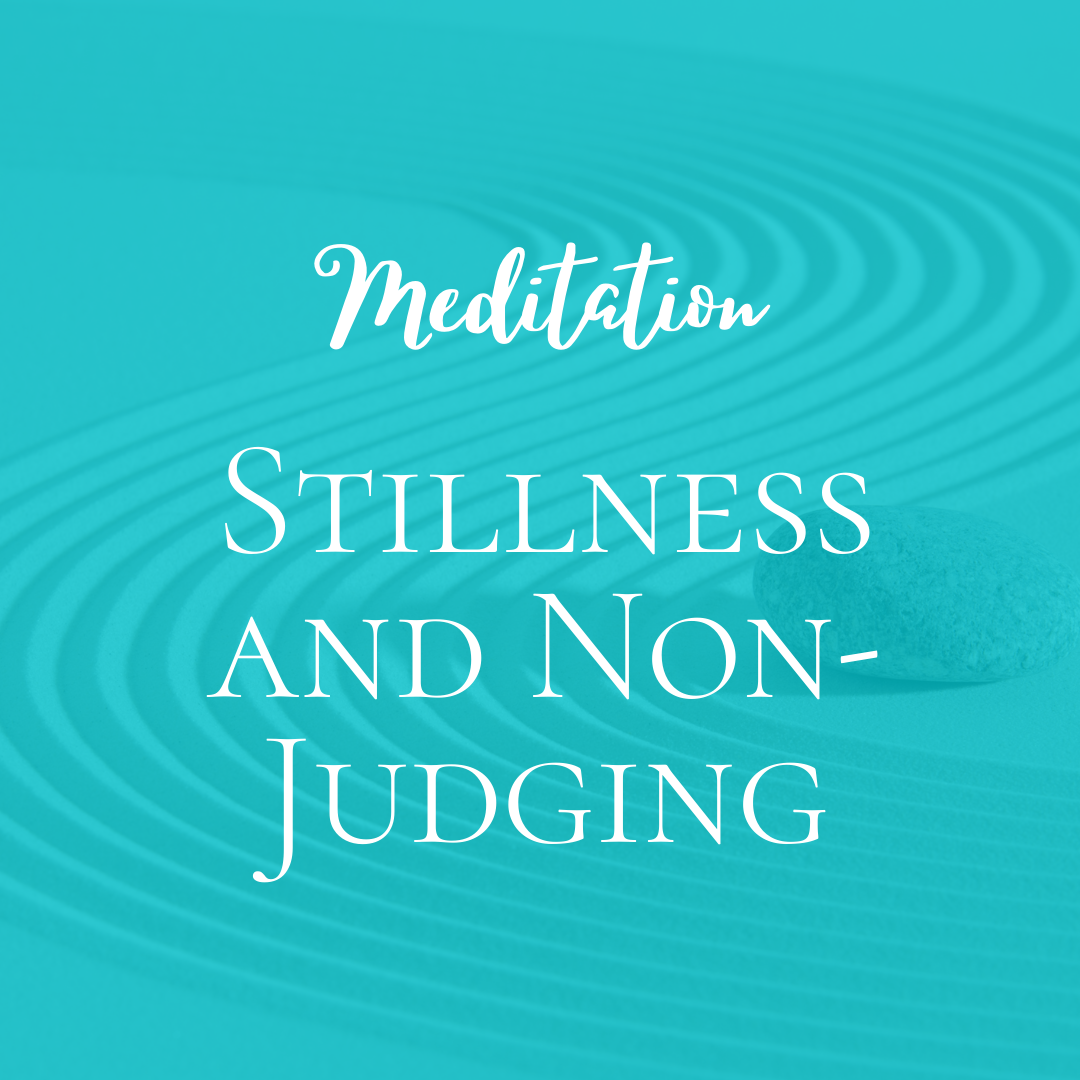Category: Practice Resources
-

Expand Your Breathing Options
Many of us tend to breathe in a habitual way. While there is nothing wrong with that, expanding and exploring your breathing options can be very therapeutic if you are managing pain or stress and anxiety. This is one of my favorite pranayamas and I hope you learn tons about your breathing anatomy.
-

Dhyana Meditation
Pain Science tells us that when you have been in pain for awhile, you can have trouble feeling non-pain sensations in the body. This meditation is a gateway into a fuller spectrum of body feelings. developing interoception and accuracy in detecting sensations is an important step toward healing.
-

Resistance Band: Lower Body Floor Flow
This is my absolute favorite way to do strength work. As someone who is hypermobile, having the stability and feedback from the floor is so helpful. If you are just getting into strength work, having the floor will give you that extra security and stability that you need to feel safe and confident.
-
Resistance Band Short Lower Body Movement Snack
Just a quick practice to wake up the posterior chain. Movement snacks are a great way to get in some activity throughout the day. I recommend that you plan a 5-10 minute movement snack every hour or so if you sit all day for work.
-
Humming Practice for Neck, Face and Shoulder Pain
This is a slightly unusual practice but it is very effective. If you suffer from face, neck or shoulder pain, you likely spend a great deal of time readjusting your posture and position to reduce pain. You have likely found that it doesn’t really work. This practice is designed to enhance awareness and provide compelling…
-
Longer, Softer, Smoother
An introductory pranayama to aid in breath awareness and build concious breathing skills. This is a foundational practice of Pain Care Yoga.
-
See Saw Breath
This practice comes from the Feldenkrais Method®. It’s a very effective practice for calming the mind and nervous systems but it also increases awareness of the thoracic region of the spine and the ribcage. This can be very useful if you are managing back or neck pain.
-
Stillness and Non-Judging
This meditation borrows a technique from a chronic pain study that researched the effects of equanimity on chronic pain. Though the study was small, the effect was very encouraging.
-
Three Part Breath
A standard pranayama from the Yoga tradition. The three part breath is a technique that can be calming or activating depending on the sequence of the inhale/exhale and how the breath is released. This particular practice is designed to help you to inhale and exhale fully to cultivate calm awareness.
-
Thoracic Integration
If you often have pain in your upper back and/or neck, this is a lesson you should do often. I’ve borrowed a bit from a Feldenkrais Method® Lesson and added some elements that have helped my clients. Improving awareness through movement and attention is an effective way to unravel persistent pain in these areas.




